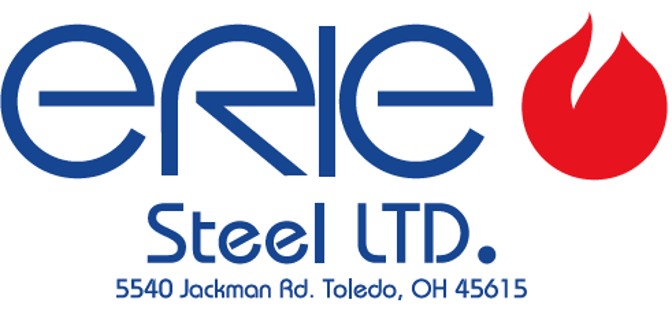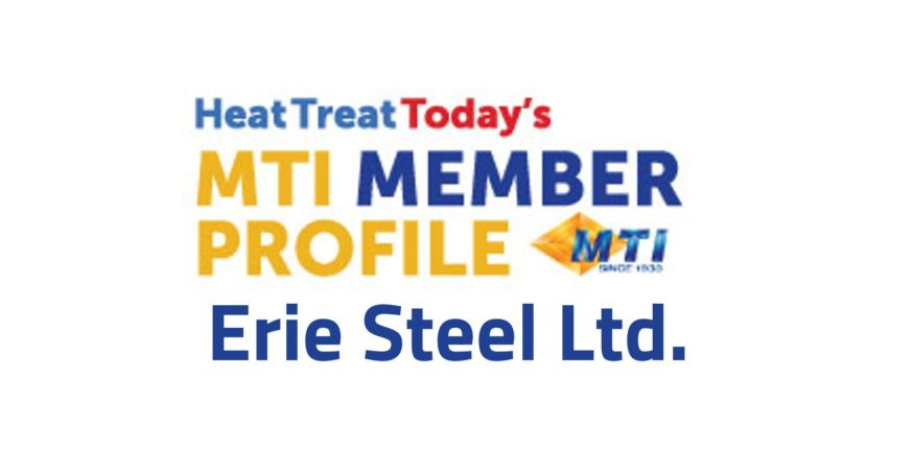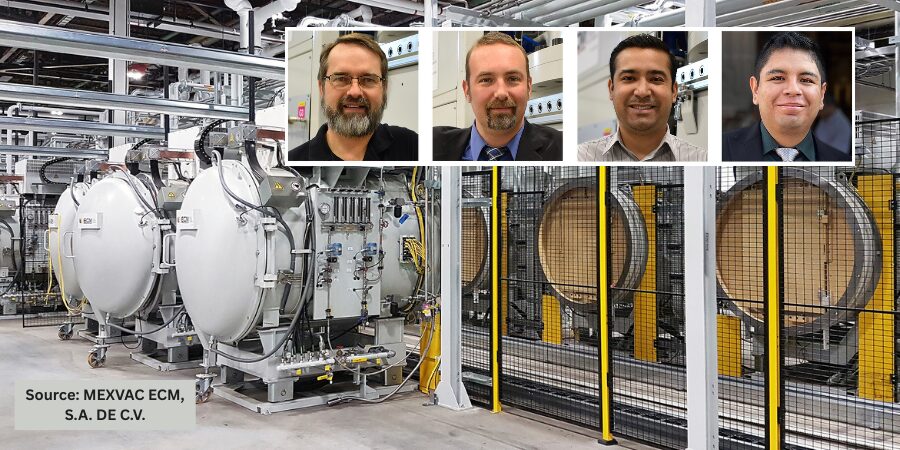![]() In 1961 in an old building that formerly housed the Chevrolet Toledo Transmission power plant, Phil Flynn, chief metallurgist of Buick Motor, and Bill Durako, the tool steel metallurgist of Crucible Steel, founded Erie Steel Ltd.
In 1961 in an old building that formerly housed the Chevrolet Toledo Transmission power plant, Phil Flynn, chief metallurgist of Buick Motor, and Bill Durako, the tool steel metallurgist of Crucible Steel, founded Erie Steel Ltd.
As with many entrepreneurs of the era, they started with small (used) atmosphere batch furnaces of limited capability. But what they lacked in equipment was more than made up for with engineering know-how and a heavy dose of “can-do attitude.” The improvement of heat treat practices and a desire for customer satisfaction drove the company. Today that can-do culture, along with expanding engineering capabilities, a professionally educated management team, 50 employees, and a modern 70,000 sq. ft facility continues to drive Erie Steel to excellence.
 The company works to understand all aspects of a client’s product material type, procurement, and manufacturing methods, and then Erie optimizes the heat treat process to provide the requisite metallurgical, dimensional, and cosmetic properties.
The company works to understand all aspects of a client’s product material type, procurement, and manufacturing methods, and then Erie optimizes the heat treat process to provide the requisite metallurgical, dimensional, and cosmetic properties.
The major industries served include aerospace, automotive, mining, agriculture, construction, and others. A few services provided to these industries include precision atmosphere carburizing; atmosphere neutral hardening; atmosphere normalizing/annealing; vacuum hardening, normalizing, and annealing. A somewhat unique capability is the mesh belt polymer quench, which affords the possibility of both case hardening and neutral hardening in combination with a polymer quench.
Heat treat processes are part-specific and incorporate the necessary considerations including material hardenability, prior condition, distortion control, and post heat-treat cosmetic requirements and finishing operations. One heat treat process specific to Erie Steel is distortion critical carburizing, in which part fixturing is developed specific to the part, and thermal cleaning may be employed. The process may include preheat cycles leading up to the carburizing temperature. The carburizing process may incorporate a boost/diffuse strategy to control surface carbon content, and that process may incorporate a reduction in temperature from the carburizing temperature for quenching. Quenching may involve regular or modified mar-quenching, and lastly, agitation is controlled to assure distortion is controlled and consistent.
One project of distinct importance was the heat treatment of crankshafts for the natural gas compressor industry. These cranks are manufactured from a 4140 forging 38” OD X 82” OAL that is rough machined into a 3-pin crankshaft that has 36” OD counterweights, and 10 bearing journals. After rough machining, the cranks are indicated for run-out with the high point marked on the companion counterweight and sent for heat treating. This very specific process was duplicated for more than 200 crankshafts from three different forging sources, without a single noncompliance.
In the next five years, Erie Steel Ltd. plans to maintain their emphasis on a comprehensive approach to engineered heat treat processing, as well as continue to improve their customer service and automation. The next 10 years will bring new projects such as the transition from ICE to EV, which will involve different manufacturing processes and requirements. Gas quenching will assist in this effort as well as low temperature thermal treatments such as nitriding and nitrocarburizing. These are processes the company has historically performed well, and the future will be no exception to their commitment to excellence in both processes and services.







